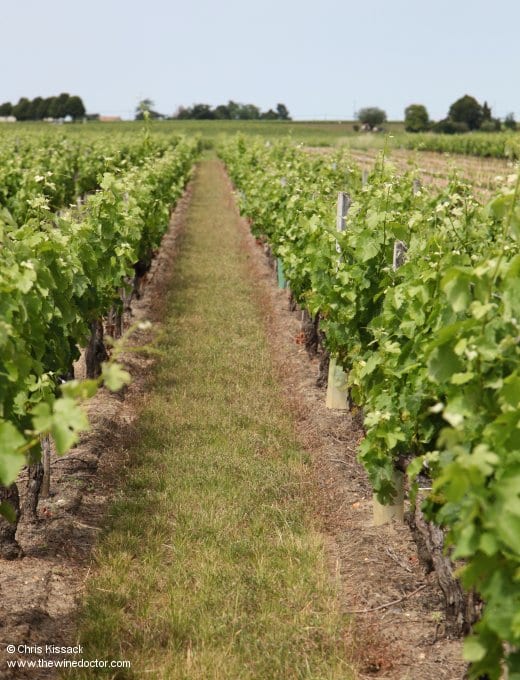The Other Côtes
As is the case with many other parts of the Bordeaux wine region, the vignerons of peripheral vineyards such as those in Blaye, Cadillac, Francs, Castillon and Bourg have long been disadvantaged, their wines consistently overshadowed by those from much more famous, grand, noble, classified (and sometimes unclassified) châteaux in the appellations of St Estèphe, Pauillac, St Julien, Margaux, St Emilion, Pomerol, Sauternes and Barsac, the regions which, understandably to some extent, tend to dominate commentary on Bordeaux. To tackle this in 1985 these peripheral regions joined forces, as a marketing strategy as much as anything else. Twenty years later they developed the concept further, this marketing association the base from which the Union des Côtes de Bordeaux was created. Creation of draft documentation for a new appellation, the Côtes de Bordeaux, was duly drawn up. Four of the five aforementioned regions were brought together under this name late in 2009, when the appellation decree was signed off. Since then the vignerons of these four regions have been entitled to use the Côtes de Bordeaux appellation, to which the name of the relevant terroir can be prefixed, and so we have Blaye Côtes de Bordeaux, Cadillac Côtes de Bordeaux, Castillon Côtes de Bordeaux and Francs Côtes de Bordeaux. The vignerons of Bourg, however, decided to go it alone.
The new Côtes be Bordeaux appellation has, as far as I can see, a purely commercial basis; the four regions are extensive, covering many thousands of hectares, and they are not geographically or geologically related to one another. Two are situated in the eastern reaches of Bordeaux on the right bank of the Dordogne (Castillon and Francs), one in the north-west periphery on right bank of the Gironde estuary (Blaye, downstream of Bourg), and one to the south on the right bank of the Garonne (Cadillac). Indeed, four more disparate regions in Bordeaux would be hard to find. This hardly makes them good candidates for being brought together as one appellation if we are expected to believe that the system is based on terroir and is meant to communicate a sense of ‘place’. The new appellation in its entirety accounts for a remarkable 11,000 hectares of the Bordeaux vineyard, and the appellations are together responsible for the production of approximately 10% of the region’s wine.
There is one obvious similarity between the four regions (five if we include Bourg) though; despite being widely dispersed across the Bordeaux region all possess some attractive south-facing riverside terroirs. There is no doubt in my mind that these regions have the capability to produce very good wines, I just have some doubt about the veracity of this new ‘super-appellation’. Having said that, it does provide a valid excuse for me examining these terroirs here in one instalment of my guide to Bordeaux.

